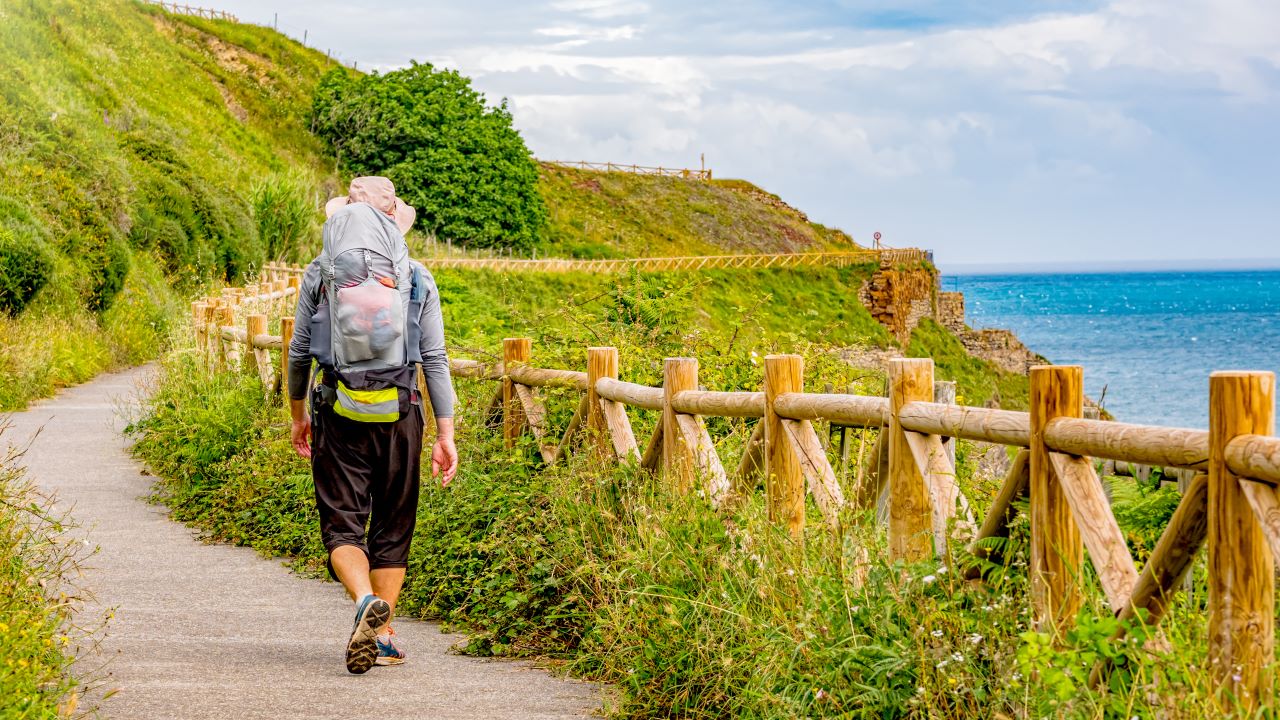The Camino de Santiago, also known as the Way of St. James, is a renowned pilgrimage route that has attracted travelers, hikers, and seekers of spiritual fulfillment for centuries. Stretching across Spain and extending into France and Portugal, the Camino is a transformative journey that combines physical challenge with spiritual introspection. In this article, we will explore the profound experience of hiking the Camino de Santiago, the historical and cultural significance of this pilgrimage, and the spiritual depth it offers to those who embark on its path.
The Spiritual Essence of the Camino
Before we embark on our exploration of this sacred trail, let’s delve into the spiritual essence that defines the Camino de Santiago:
1. Historical and Religious Significance
The Camino de Santiago traces its origins to the discovery of the remains of St. James, one of the twelve apostles of Jesus, in the Cathedral of Santiago de Compostela in the 9th century. Pilgrims from all over the world have since made the journey to pay homage to St. James.
2. Paths of Reflection
The Camino offers various routes, with the most famous being the Camino Francés. Regardless of the path chosen, the pilgrimage encourages reflection, meditation, and a deeper connection with one’s spirituality.
3. Cultural Exchange
As you traverse the Camino, you’ll encounter diverse cultures and people from all walks of life. The Camino fosters a sense of global community, unity, and shared humanity.
4. Physical and Spiritual Challenge
Hiking the Camino involves physical exertion, but it also presents a spiritual challenge. The journey often brings pilgrims face-to-face with their own beliefs, questions, and life’s purpose.
Top Sections of the Camino de Santiago
Now, let’s embark on a journey through some of the top sections of the Camino de Santiago, each with its own unique charm and significance:
1. Camino Francés (French Way)
The Camino Francés is the most popular route, spanning approximately 500 miles from Saint-Jean-Pied-de-Port in France to Santiago de Compostela in Spain. Along the way, pilgrims pass through picturesque villages, historic towns, and lush landscapes.
2. Camino del Norte (Northern Way)
This coastal route follows the northern coast of Spain, offering stunning views of the Cantabrian Sea. It’s known for its rugged terrain, dramatic cliffs, and charming seaside towns.
3. Camino Portugués (Portuguese Way)
Starting in Lisbon, Portugal, or Porto, this route takes pilgrims through the Portuguese countryside and eventually into Spain. It offers a mix of cultural experiences, historical sites, and serene landscapes.
4. Camino Primitivo (Primitive Way)
Considered the oldest Camino route, the Camino Primitivo begins in Oviedo and takes hikers through the pristine landscapes of Asturias before joining the Camino Francés in Melide.
5. Camino Inglés (English Way)
Historically traveled by English and Irish pilgrims arriving by boat, this route starts in Ferrol or A Coruña. It’s a shorter option that still offers a profound spiritual experience.
Tips for Hiking the Camino de Santiago
Before you set out on your spiritual pilgrimage along the Camino de Santiago, consider these practical tips:
1. Plan Your Route
Select the Camino route that aligns with your preferences, schedule, and fitness level. Plan your stages and accommodations in advance.
2. Pack Light
Keep your backpack as light as possible, carrying only essentials such as comfortable clothing, a good pair of hiking boots, a water bottle, toiletries, and a pilgrim’s passport.
3. Respect Traditions
Embrace the traditions of the Camino, including receiving stamps (sellos) in your pilgrim’s passport, attending the Pilgrim’s Mass in Santiago de Compostela, and walking with an open heart and spirit of humility.
4. Be Mindful and Reflective
Use the solitude and serenity of the Camino to engage in introspection, meditation, and mindfulness. It’s an opportunity to connect with your inner self and your spiritual beliefs.
5. Connect with Fellow Pilgrims
Engage with other pilgrims, listen to their stories, and build connections along the way. The Camino is as much about the people you meet as it is about the path itself.
A Transformative Journey
Hiking the Camino de Santiago is not merely a physical adventure; it is a spiritual pilgrimage that allows you to explore the depths of your soul while traversing the landscapes of Spain. The Camino offers moments of introspection, cultural exchange, and connection with the spiritual traditions that have drawn pilgrims for centuries. So, don your hiking boots, carry your pilgrim’s staff, and embark on a transformative journey along the Camino de Santiago, where the path you walk is not just a physical trail, but a spiritual quest for meaning and connection.




